class: center, middle, inverse, title-slide # War, Technology & Innovation ## War in the Anthropocene ### Jack McDonald ### 2020-03-18 --- class: inverse # Lecture Outline .pull-left[ - Energy and The Periodisation Problem - War Either Side of The Great Transition - Prime Movers and New Domains of Warfare - The Nuclear Complication - _War in the Anthropo-whatnow?_ ] .pull-right[ - Energy and Climate Change - War in the Anthropocene - Strategic Studies and Climate Change - Seminar Discussion - Course Round Up What does a periodisation of war according to energy technologies add to our understanding of the relationship between war and technology? What does said periodisation fail to explain? ] ??? 1. Finishing off the lecture series 2. Energy periodisations provide interesting angle on war in history 3. Very odd periodisation (firepower not the focal turning point) 4. Explaining new domains of warfare in terms of energy technologies and consumption 5. But significant drawbacks, e.g. can't explain social shaping of weapon systems, fails to explain importance of nuclear weapons 6. This lecture, we'll look at the consequences of this: climate change --- class: inverse # Discussion Questions .large[Is it possible to imagine war after fossil fuels?] ??? 1. Is it possible to even imagine war after fossil fuels? 2. Key problem: jet aircraft - can they ever be powered by non-fossil fuels 3. If they can, I think war post FF can be imaginable 4. If they can't, then either warfare doesn't move beyond fossil fuels, or we don't have a good understanding of what it'll look like 5. As we'll see from this lecture, making high speed jets redundant (or powered by biofuels), is a significant issue for the future --- class: inverse # Part 1: Energy and Climate Change ??? 1. The science of climate change is incredibly complex, a lot of it involves extensive modelling 2. For our purposes, we are interested in two underlying premises: widespread agreement about anthopogenic warming, variance of consequences 3. In short, we know that the significant increase in energy use by humans, coupled with massive increase in human population, is changing our environment 4. This poses the most interesting question: whereas environment was once stable, and tech changed slow, politics was fastest moving, now, this appears inverted 5. Here, I'll introduce Smil's concept of high energy society --- # High Energy Society .pull-left[ 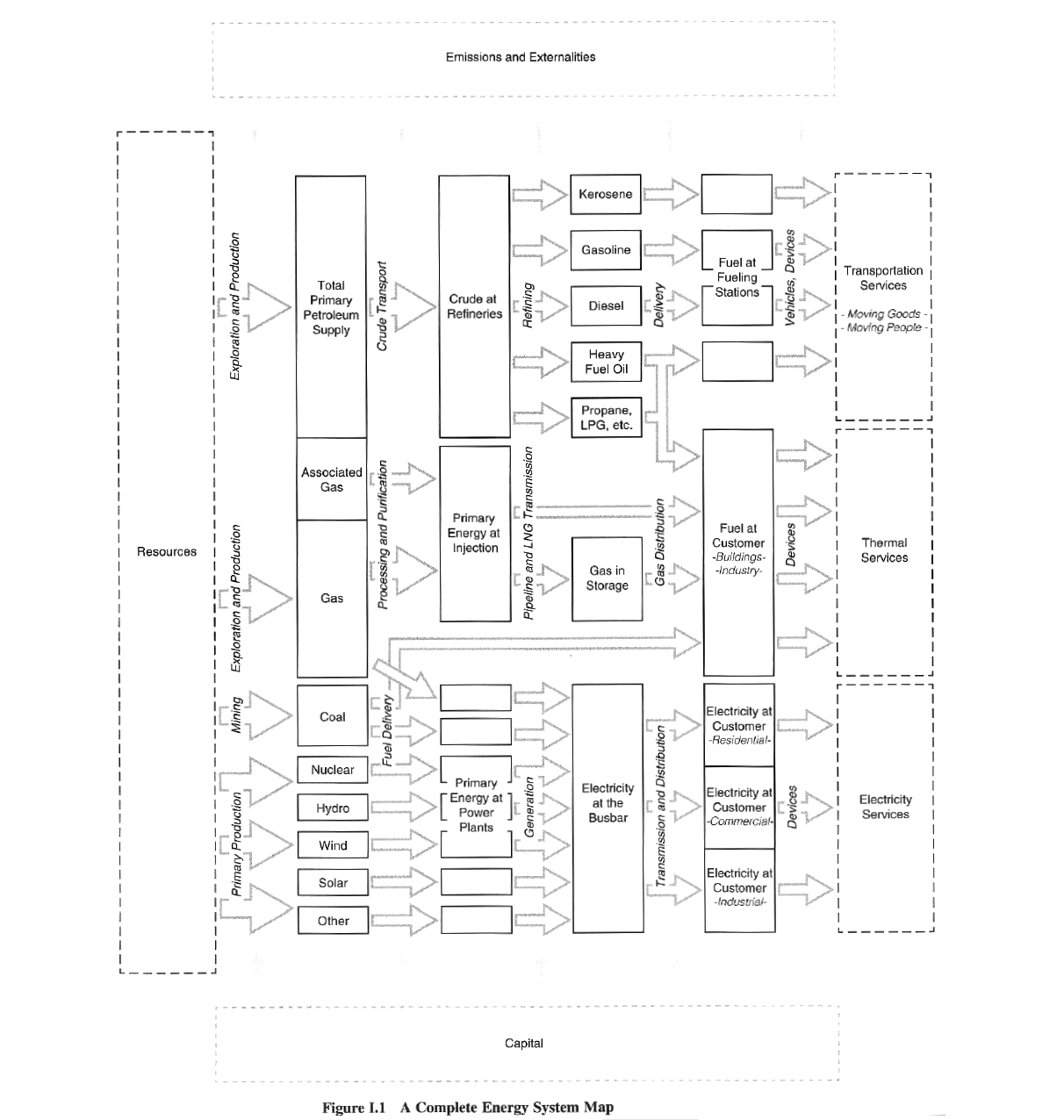 ] .pull-right[  ] ??? 1. What Smil calls the great transition is transition to significant everyday energy use by human society 2. Agriculture intensity 3. Power plants producing huge volumes of energy 4. Mobile fossil-fuelled power sources 5. E.g. the streaming video that you are watching now is worse for the environment than me speaking face to face --- # Climate Change: Causes .pull-left[ 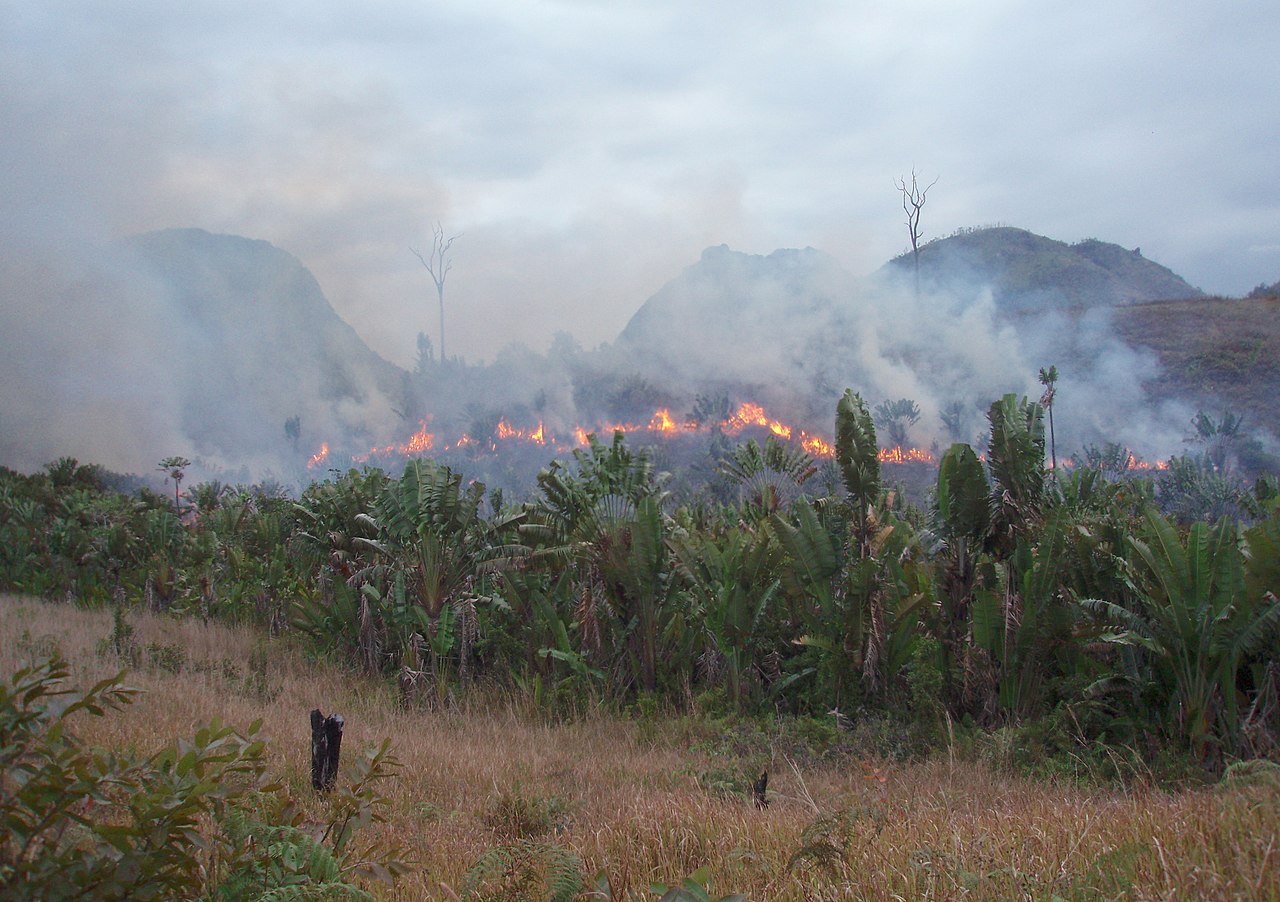 ] .pull-right[ 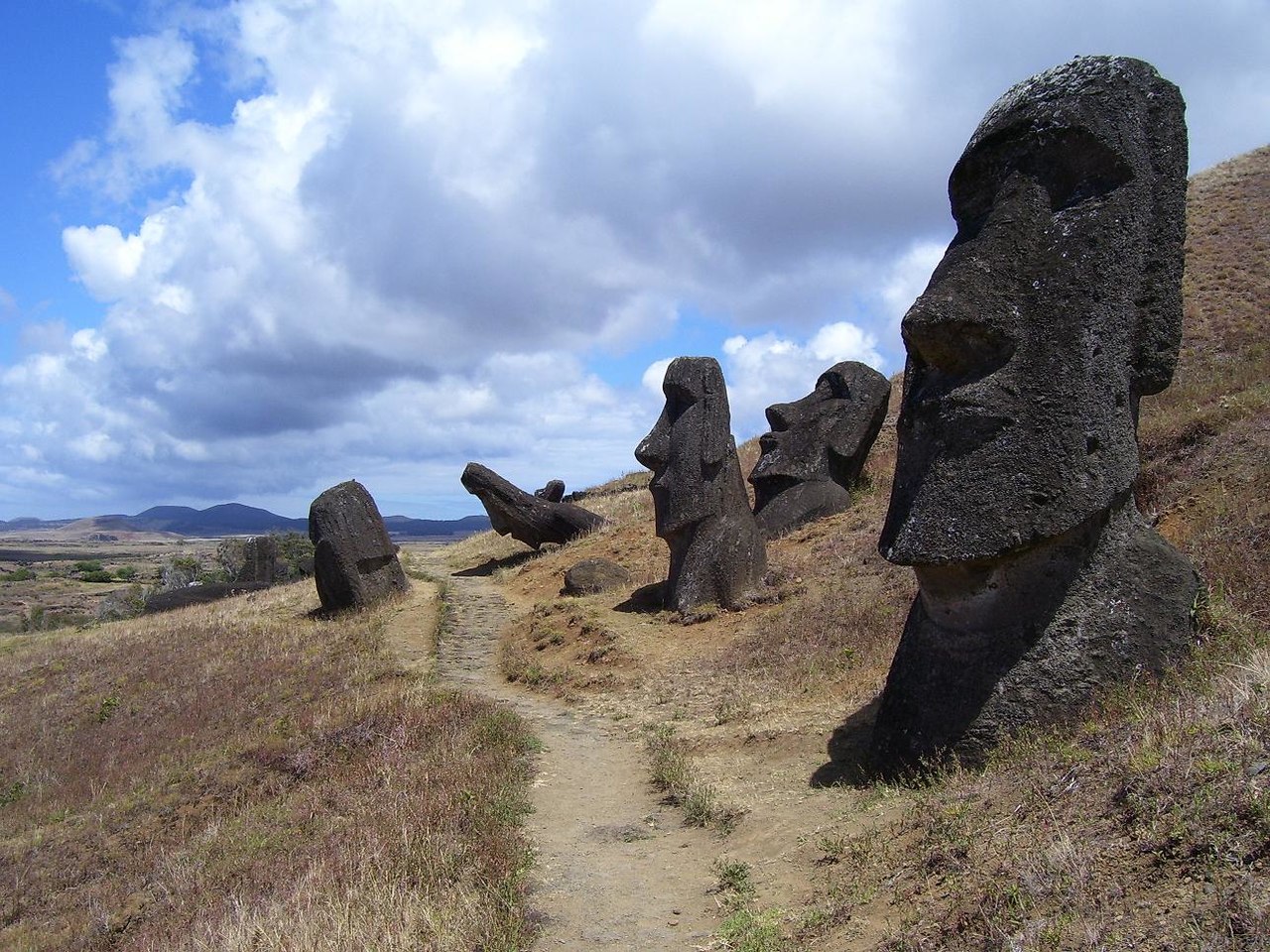 ] ??? 1. Humans have always changed/re-shaped their environments (forests to fields) 2. Humans have also caused localised environmental collapses (Easter Island) 3. With climate change, we generally frame discussion on the general warming of temperatures of the sea and the earth's surface 4. This is primarily the result of high-energy, fossil fuelled society releasing carbon into the atmosphere 5. However we should also note that this is the result of vastly more human beings alive - be mindful of "dark" consequences (population control advocacy, etc) --- # Climate Change: Effects .pull-left[  ] .pull-right[ Cause and effect gap Connecting increased risk with individual events ] ??? 1. Climate change alters the climate at both local and global scale 2. Humans are adaptable (we can wear clothes and use air con), many animals are not 3. Exacerbates human-caused extinctions by altering underlying ecosystem 4. Negative climate events (forest fires, hurricanes, floods) increase in frequency 5. Significantly alters economic cost/benefit of human communities in some environments --- # Climate Change: Predicted Consequences > In that world, eight degrees warmer, direct heat effects would be the least of it: the oceans would eventually swell two hundred feet higher, flooding what are now two-thirds of the world’s major cities; hardly any land on the planet would be capable of efficiently producing any of the food we now eat; forests would be roiled by rolling storms of fire, and coasts would be punished by more and more intense hurricanes; David Wallace Wells, _The Uninhabitable Earth_ ??? 1. To be blunt, the predicted consequences of climate change are bad 2. Current discussion is often arranged around lower degrees of warming, e.g. the 2 degree target 3. Once you start looking at the upper ends of the scale, things get bleak 4. Climate change will have a significant impact on societies across the globe, difference is between those that can mitigate/change, and those that cannot 5. Runaway climate change, without mitigating, will be an absolute disaster - existential risk for both humans and the current ecosystem --- # Climate Change: Policy Responses > The Paris Agreement’s central aim is to strengthen the global response to the threat of climate change by keeping a global temperature rise this century well below 2 degrees Celsius above pre-industrial levels and to pursue efforts to limit the temperature increase even further to 1.5 degrees Celsius. ??? 1. Climate change policy is pretty much the most important example of the tragedy of the commons in history 2. Energy use reduction/de-carbonisation will impact growth, most countries have significant domestic drivers against this 3. Kinda like a theatre with a growing fire and an exit door that is getting further and further away 4. As climate shocks stack up, countries are taking notice, writing it into govt policy, security policy 5. Key question: when does business move to de-carbonise? How can they? --- # The Anthropocene .left-column[ Taken from Lucy E. Edwards, _What Is the Anthropocene?_ ] .right-column[ 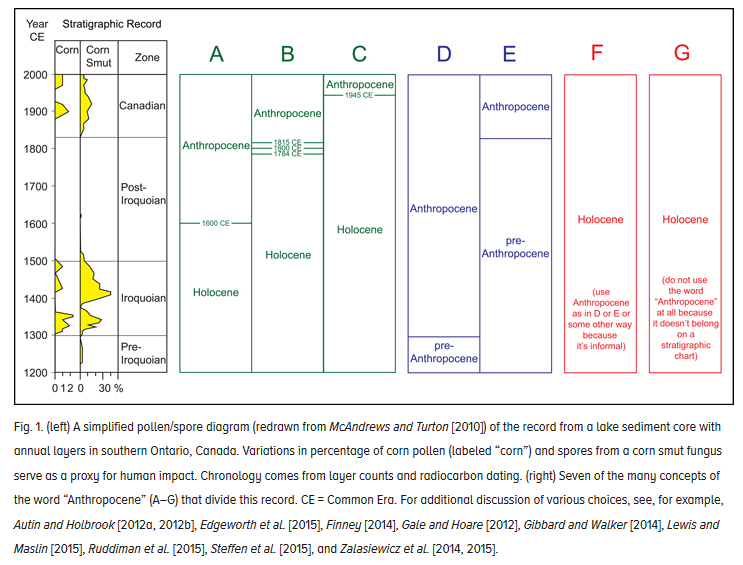 ] ??? 1. Okay, remember back to the agriculture lecture where I talked about deep time? 2. Quarternary period (2.58 million years ago) - all of human history 3. Currently in the Holocene (geological epoch), stretchs back about 11650 years (e.g. agrarian society), some scientists now consider we have entered the anthrpocene 4. War tied to Anthropocene, some argue that the Trinity test is the onset date 5. Others argue that steam engine (1780) marks the start 6. So this is an interesting circling back - how energy techs/use have changed the environment that provides context for war --- class: inverse # Part 2: War in the Anthropocene ??? 1. Okay, so "war in the Holocene" would cover all of military history and beyond 2. War in the Anthropocene could cover from 1300, 1600, 1815, 1945 3. Question for geologists - when does it show in stratographic record 4. Question for us, how does war impact environment, how does environment shape war --- # Periodisation: Steam and Nukes .pull-left[ 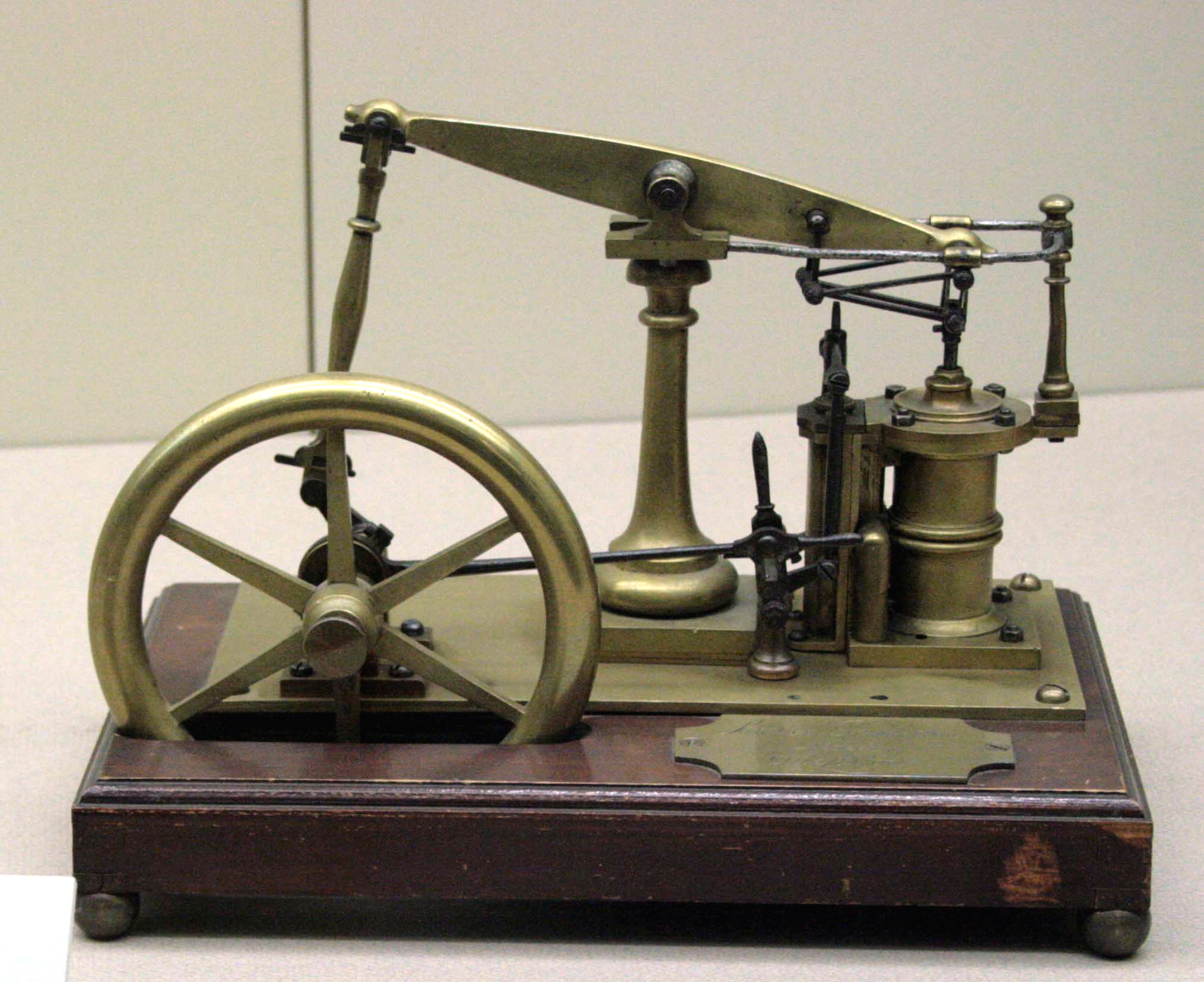 ] .pull-right[ 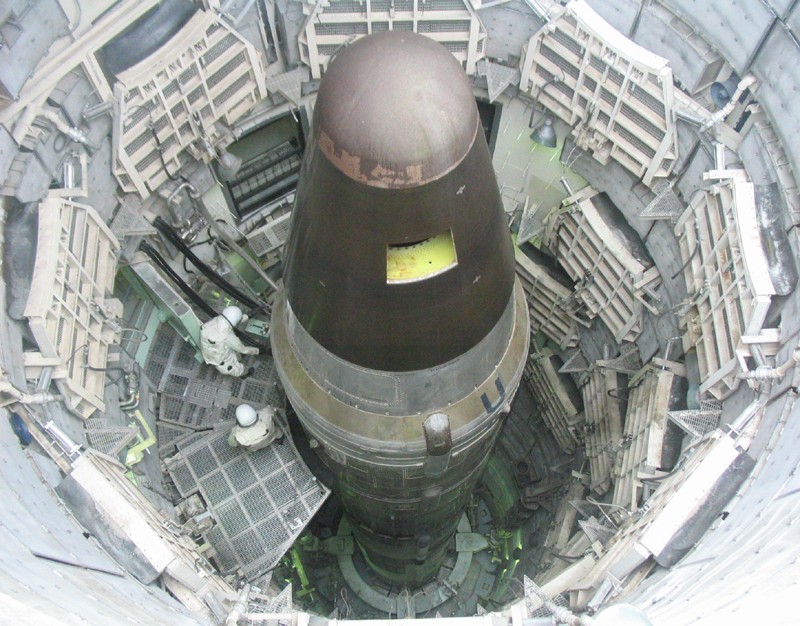 ] ??? 1. Anthropocene is interesting way of periodising history/time 2. Steam engines, vs petrol, vs nuclear weapon _use_ 3. Although Smil's work is, I think, very useful to understand war in history, clear geologists line up with military history a bit better 4. When did war start leaving traces in environment? --- # War and the Environment .pull-left[ 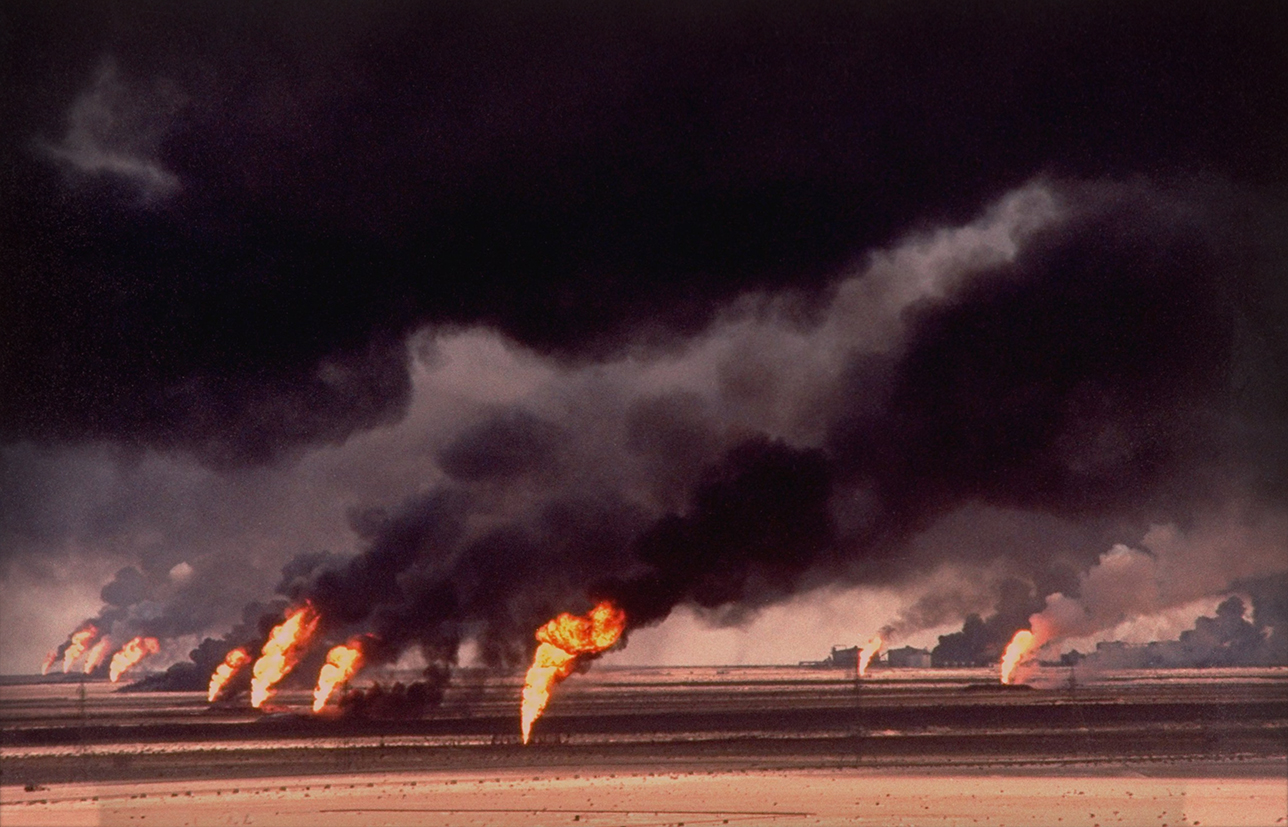 ] .pull-right[ 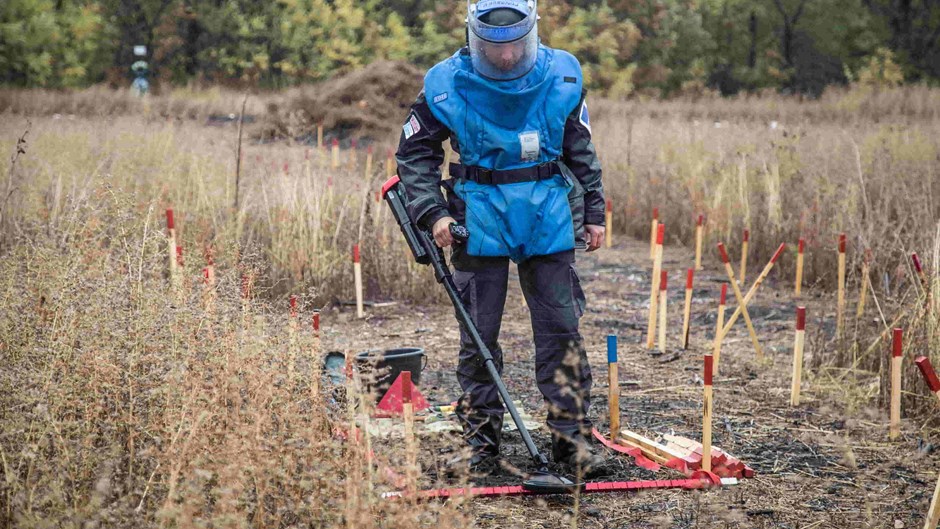 ] ??? 1. War has negative environmental consequences 2. Deforestation, hunting, foraging 3. Latterly, oil spills, attacks on oil/chemical plants 4. UXO contamination 5. This has emerged as big issue - but what about enivronmental consequences of everyday operations? --- # War and Energy Consumption .pull-left[ 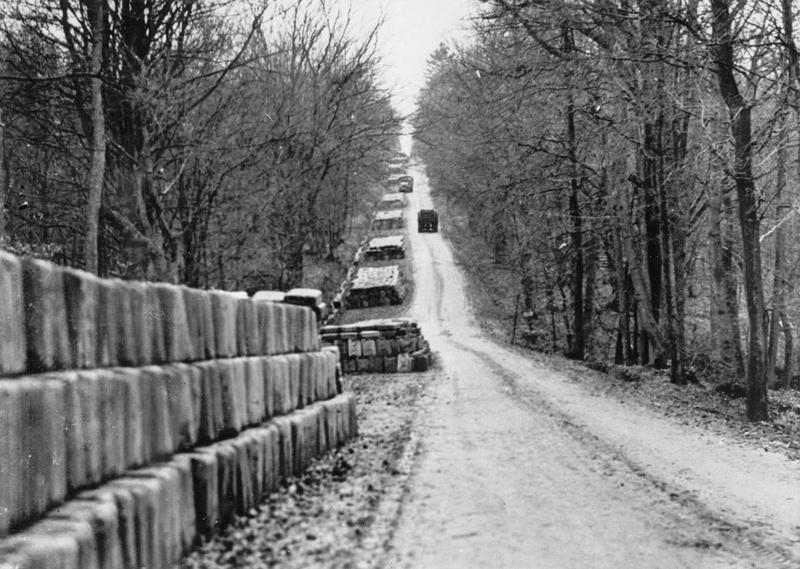 ] .pull-right[ 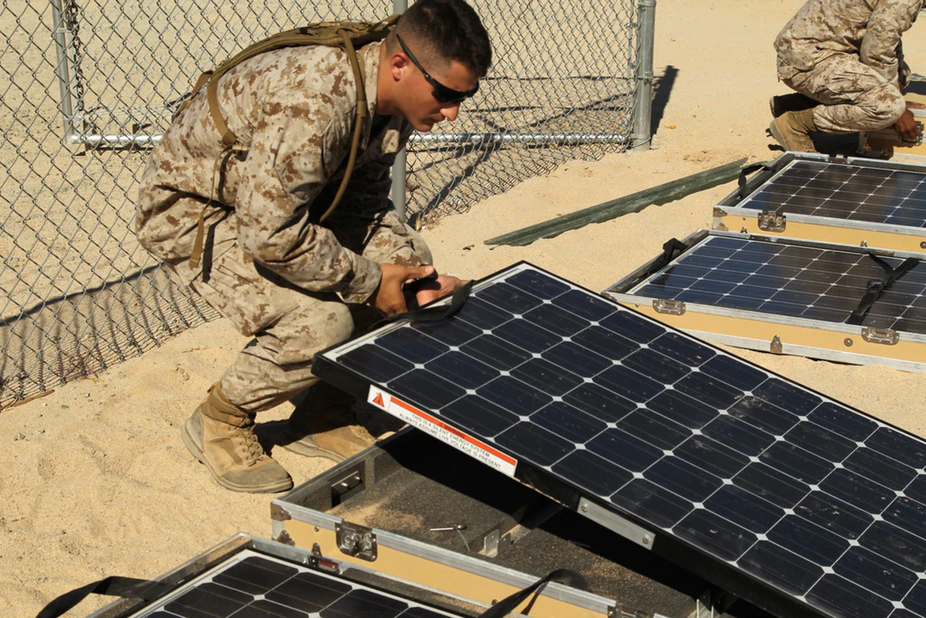 ] ??? 1. Warfare consumes a lot of energy 2. This has only increased over time, we now use machines driven by engines/fuel sources that are many multiples of entire armies in terms of usable output 3. A key driver for the use of energy in future will be to reduce energy consumption 4. Militaries also looking to reduce energy needs 5. Leads to question: could we get "renewable warfare"? --- # Jet Fuel .left-column[ From Neta C. Crawford, _Pentagon Fuel Use, Climate Change, and the Costs of War_ ] .right-column[ 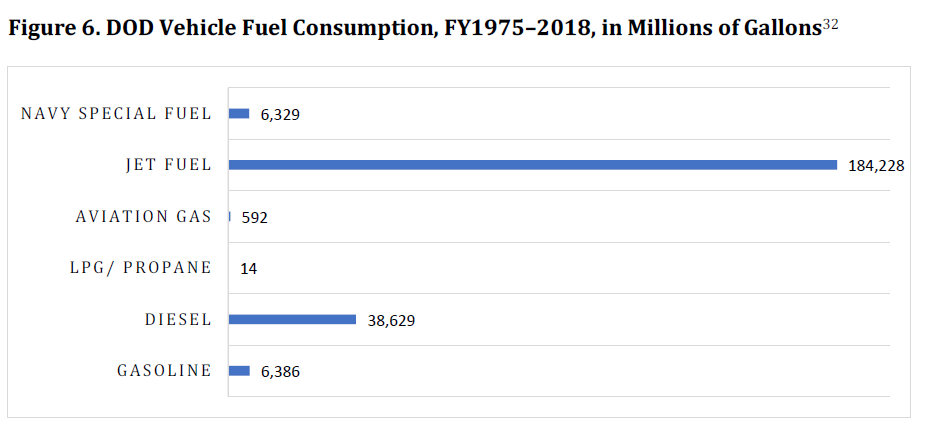 ] ??? 1. Key issue: Jet fuel is a required energy source for high-end inter state warfare 2. Also key to power projection, and ability of powerful states to combat insurgencies/irregular warfare 3. Jet fuel is indispensible, flight training indispensible, maintaining flight skills indispensible 4. This leads to a dillemma - militaries are realising that climate change will be a key threat, but they are locked into promoting it through fuel use 5. Only way this might change would be either technical advances in energy consumption, or changing weapon types that make jet planes redundant (unlikely) --- class: inverse # Part 3: Strategic Studies and Climate Change ??? 1. Wider issue: how will climate change affect strategy? 2. Climate change will radically upend underlying strengths and weaknesses of states (food security) 3. Huge geoploitical ramifications of post-oil world 4. Increased instability - population flows 5. Also new zones of contention (High north) --- # Strategic Studies and Climate Change .pull-left[ 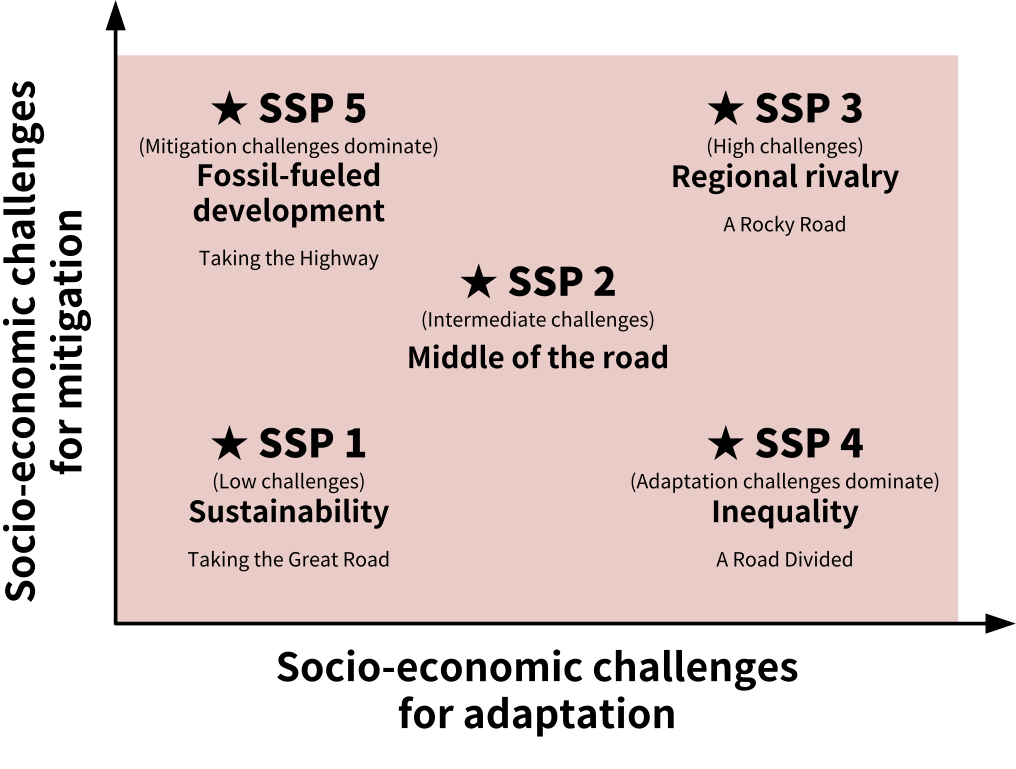 ] .pull-right[ 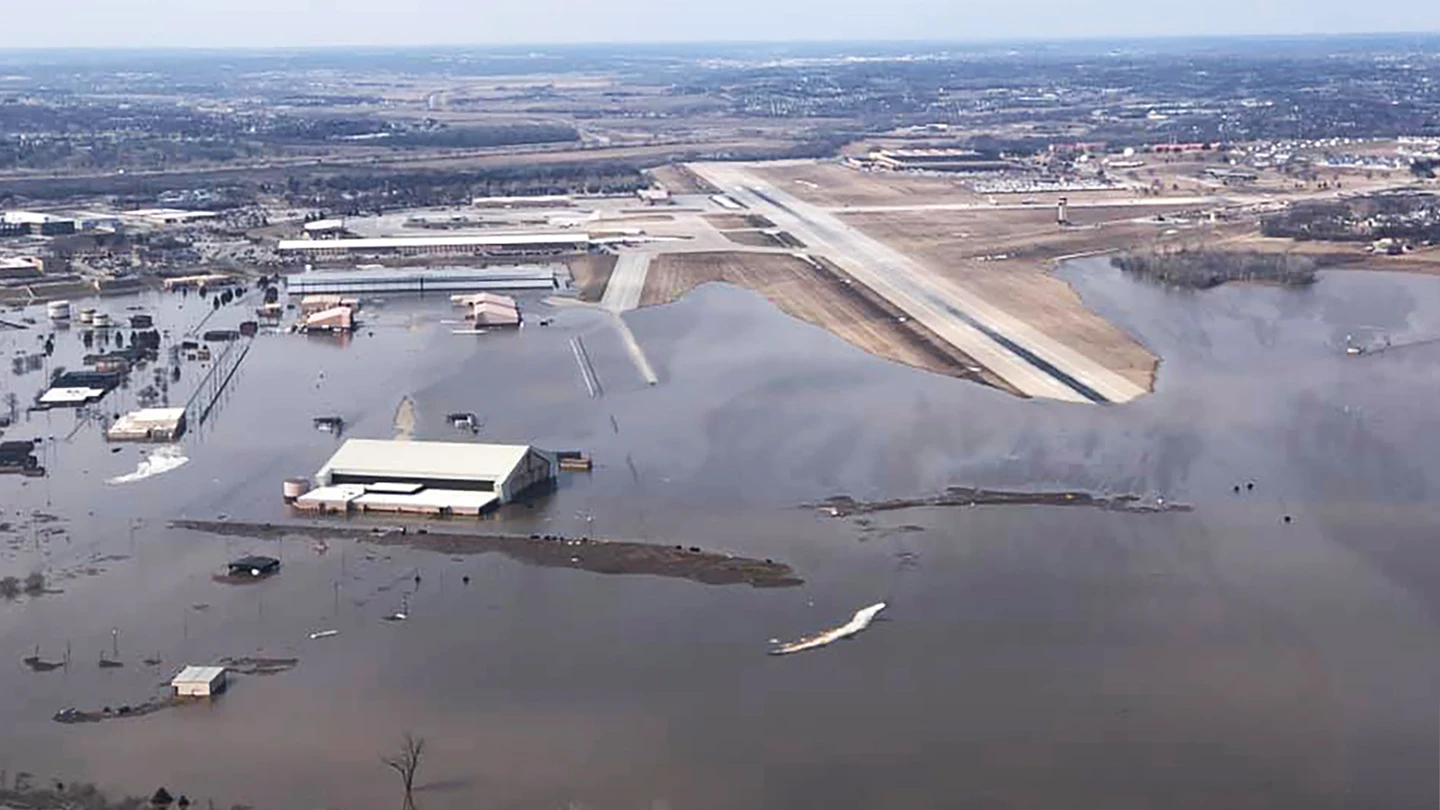 ] ??? 1. Strategic studies is essentially about the response to uncertainty 2. The need to make coordinated decisions about the future, often with huge ramifications 3. In temporal terms, crises, competition and challenges 4. Climate change is a long term challenge that is likely to spark numerous crises 5. Currently strategic studies focuses upon key issues, such as inter-state competition in the high north, increased incidence of armed conflict --- # Strategy, Technology, and Environment > In the rolling present, it is difficult to decide whether one has reached a critical point in a process: When does a decision become irreversible, and when does the further pursuit of a strategy spell disaster? Harald Welzer, _Climate Wars_ ??? 1. Identifying and adjusting to changing national power in context of global system enables political survival 2. Managing technological change is a key strategic problem 3. Used to be politics changes more than underlying technology, now technology changes faster than politics 4. But what happens when the environment changes faster than either? 5. This is key point in reflecting on Smil - we can see how underlying tech change has huge social consequences --- # Resource Conflicts .pull-left[  ] .pull-right[ 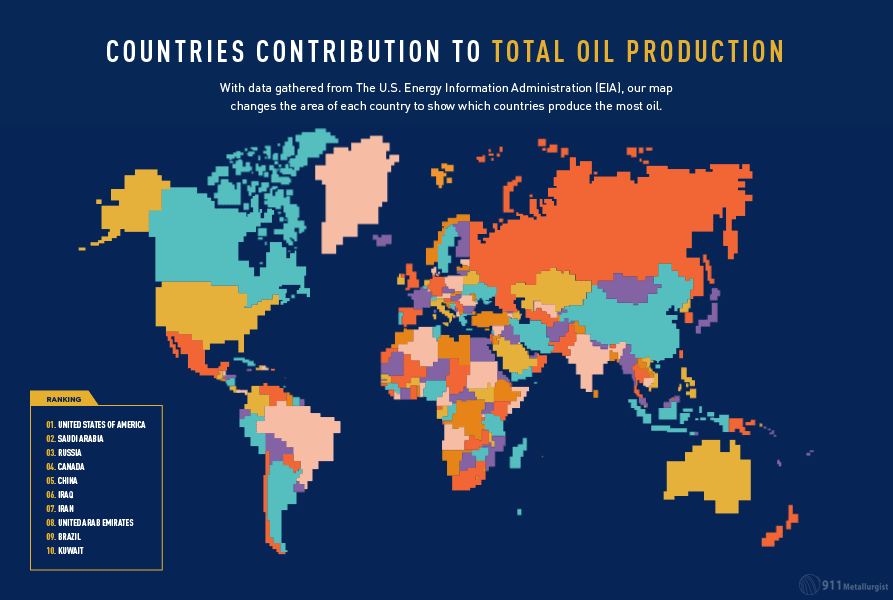 ] ??? 1. One frame of considering this differential change is resource conflicts 2. Some resources will decline in start val as world decarbonises (fossil fuels) 3. Others will increase as climate shocks occur (food security, food production) 4. High North exploitation a key issue in strat studies 5. This also reconfigures what power means (number of icebreakers available) --- # Grand Strategy in a Changing World .pull-left[ 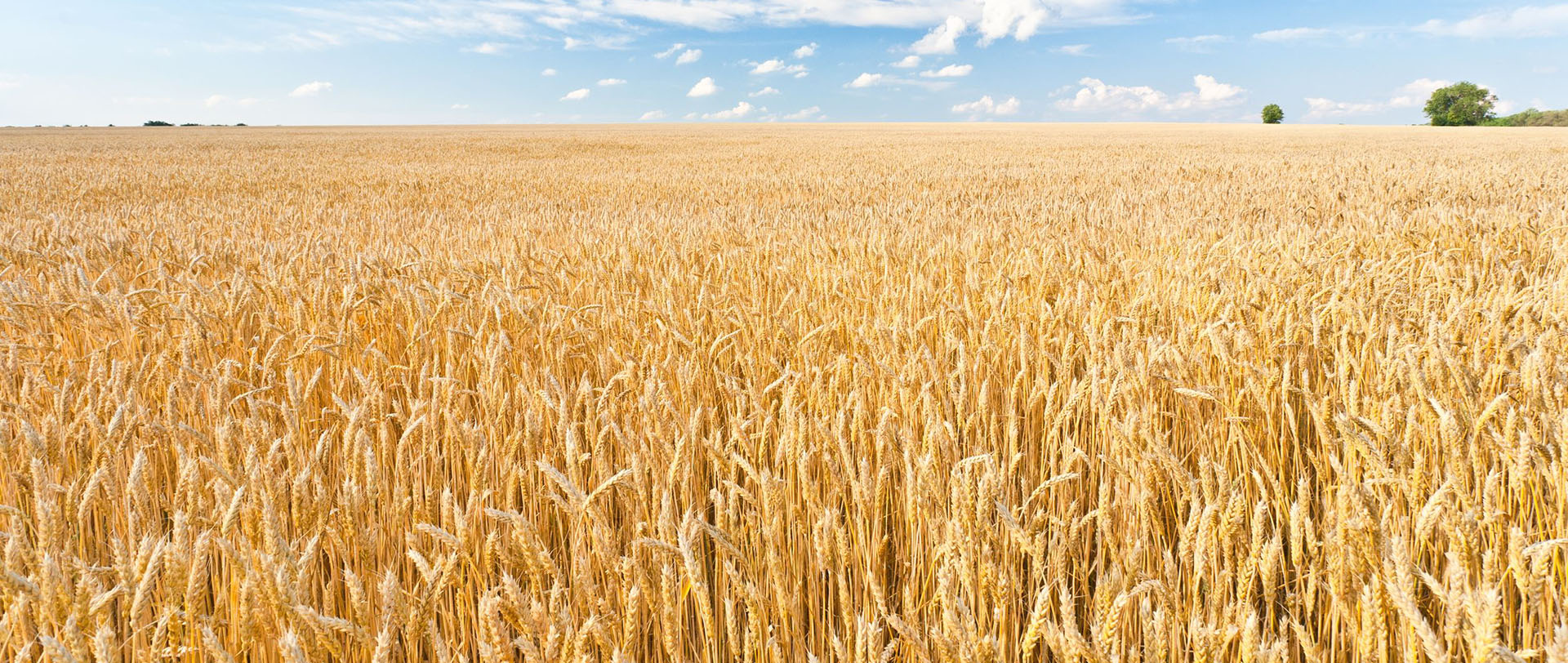 ] .pull-right[ 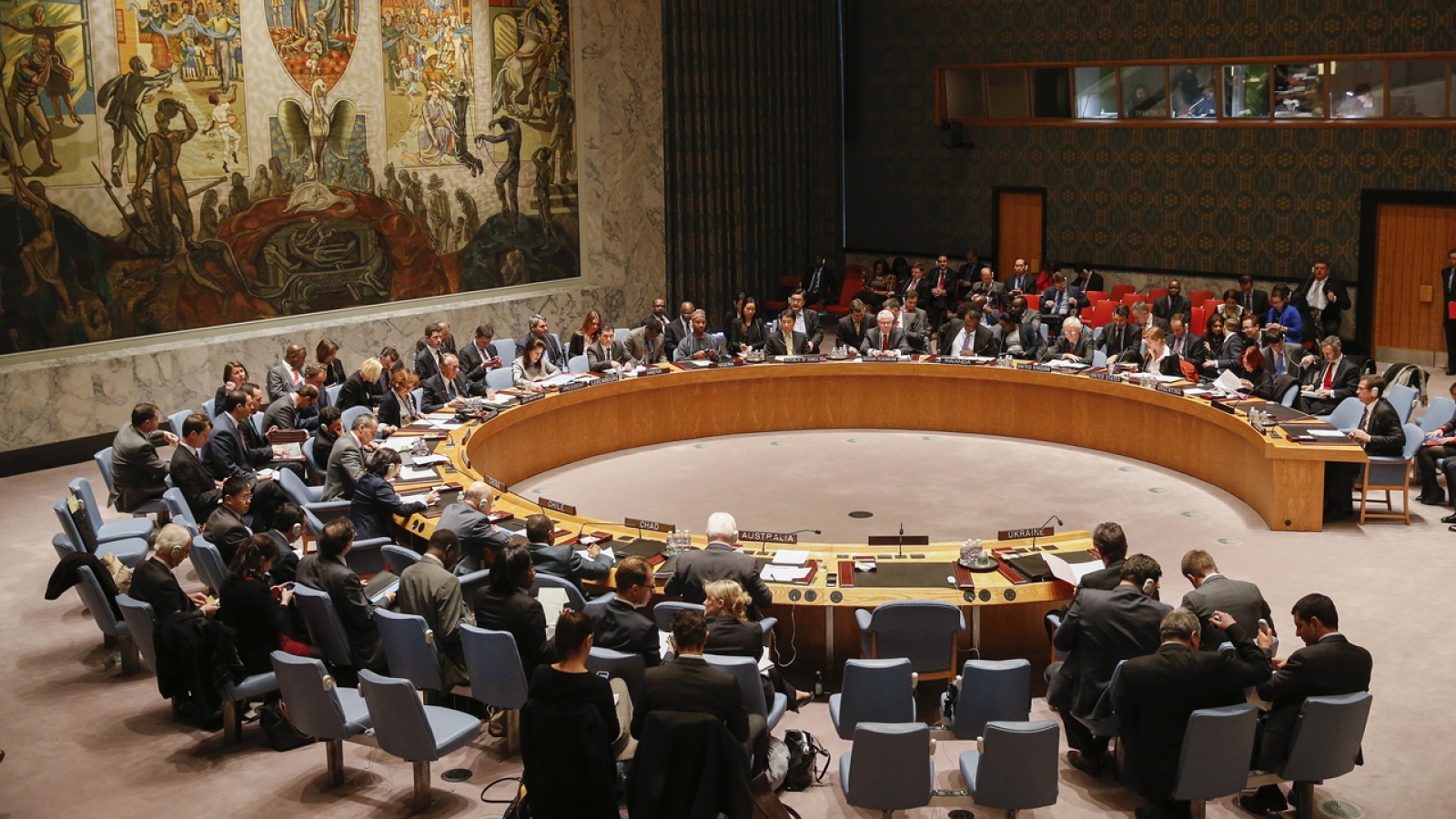 ] ??? 1. Climate change will benefit some states in the medium run 2. Canada and Russia projected to become global breadbaskets 3. Climate change also creates shared problems (US China) 4. Key question for each country - what does the future hold for me, whose interests will I share? 5. Differential costs/benefits key problem for finding solution to climate change --- class: inverse # Part 4: Conclusion ??? --- # Key Issues Energy history does not align with key points of change in the history of warfare Anthropogenic climate change is a useful lens to connect energy history to the history of warfare Key strategic problems of the future generated by climate change, state tools reliant upon fossil fuels ??? 1. This concludes the series of lectures on energy and the periodisation of warfare 2. I think there are two big takeaways here. One, stay interested in alternate periodisations of time/history, 3. Two, By examining how energy transitions explain changes in warfare, and how they don't, we can get a better angle on history of warfare 4. Smil's transition to high energy society sheds some light on development of industrial warfare 5. But it doesn't explain key features of contemporary war and strategy, e.g. nuclear weapons. --- # Key Questions Would renewable-powered fighter jets be a good or a bad thing in the long run? Can states ever be ready for what is going to come in the mid/late 20th century at current rates of warming? ??? --- class: inverse # Part 5: Seminar Discussion: Procuring for Great Power competition ??? 1. This seminar was meant to conclude the seminar series, sadly we can't do that 2. Idea of the seminar series was to look at the relationship between military institutions and military technology 3. Institutional analysis provides a much richer set of explanations for the development and procurement of weapons than state level analysis 4. However state level often important (shared threat perceptions) 5. Furthermore, there is an unresolved question about theorising the role of individuals - are "mavericks" ever amenable to theory? Or is it contingent --- # Thoughts on the Readings ??? 1. /// 2. /// 3. /// 4. /// 5. /// --- # What best explains the failure of the US military to adapt to insurgency in Iraq in the initial post-invasion period? State and institutional perceptions - Political goal - Pre-war planning Institutional resistance to change ??? 1. /// 2. /// 3. /// 4. /// 5. /// --- # Is it possible to optimise a military institution for fighting both high-intensity conventional wars and low intensity conflicts? With enough money, not everything is possible US has demonstrated capability to wage both types of conflict, but in a non-optimal manner Success in low-intensity conflict is a political issue, did US have the will to fight? ??? 1. /// 2. /// 3. /// 4. /// 5. /// --- class: inverse # Part 6: Course Round Up ??? 1. Thanks, it was a great year 2. One of the joys of teaching is getting to know people, and it was a great group 3. One thing, please reflect on how your ideas have changed over the course 4. I think one thing that developed in my mind as I wrote this course and taught it is looking in and around the infrastructure level